Industry information
Company News
- Personalized customized aluminum veneer to create your exclusive space
- Hyperbolic aluminum veneer: a fashionable choice in modern architecture
- Uncover the charm and secrets of fluorocarbon aluminum veneer!
- Fluorocarbon aluminum veneer: the "invisible suit" of the construction industry
- Aluminum veneer customization, creating exclusive space aesthetics
Industry dynamics
- What is the frost resistance of aluminum veneer?
- Precautions for installation of 1.5mm aluminum veneer curtain wall
- Hyperbolic aluminum veneer: a fashionable choice for modern architecture. What do you know about it?
- Hyperbolic Aluminum Veneer: Aesthetic Innovation for Future Architecture
- Wood grain carved aluminum veneer creates a new era of high-quality architectural decoration
Frequently asked questions
- What is the antioxidant performance of aluminum veneer?
- Can aluminum veneer be used for building insulation design?
- What impact does aluminum veneer have on the durability of buildings?
- How does aluminum veneer provide the weather resistance required for modern buildings?
- Is the production process of aluminum veneer environmentally friendly?
contact us
Mobile:+86 15627778610
Email: 2201229786@qq.com
Address: No. 5 Binjiang Road, High tech Zone, Zhaoqing City, Guangdong Province
What is the cold bending resistance of fluorocarbon aluminum veneer?
- Author: Jinba Aluminum Industry (Guangdong) Co., Ltd
- Release time: 2022-02-15 23:02:59
- Click:0
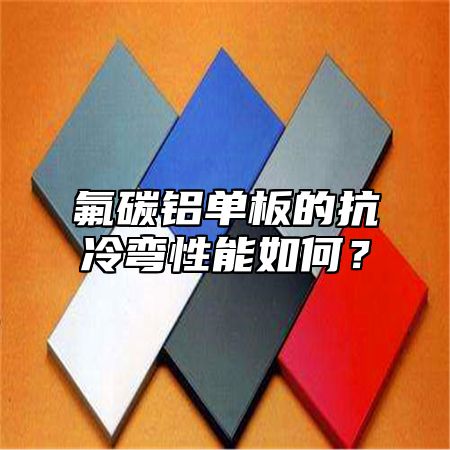
FluorocarbonAluminum veneerIt is a building material widely used in fields such as architecture, billboards, curtain walls, etc. In addition to its excellent weather resistance, corrosion resistance, and decorative properties, fluorocarbon aluminum veneer also has certain cold bending resistance. The following will provide a detailed introduction to the cold bending resistance and influencing factors of fluorocarbon aluminum veneer.
1. Definition of Cold Bending Resistance
Cold bending resistance refers to the ability of a material to maintain its original shape and size after being subjected to low temperatures. In architecture, cold bending resistance is commonly used to evaluate the load-bearing capacity and stability of materials.
1. Cold bending resistance of fluorocarbon aluminum veneer
The cold bending resistance of fluorocarbon aluminum veneer is related to factors such as its material and production process. High quality fluorocarbon aluminum veneer is usually made of high-strength aluminum alloy material, which is precision processed and treated to form a hard oxide film on its surface, thereby improving its hardness and wear resistance. Fluorocarbon aluminum veneer also has good plasticity and toughness, which can effectively control its cold bending resistance.
It should be noted that the cold bending resistance of fluorocarbon aluminum veneer is not absolute, and its performance is influenced by various factors such as material quality, usage environment, thickness, etc. When using fluorocarbon aluminum veneer, it is necessary to choose and design according to the specific situation, and follow the manufacturer's instructions and maintenance suggestions to ensure the service life and stable performance of fluorocarbon aluminum veneer.
Fluorocarbon aluminum veneer has certain cold bending resistance, which can improve its load-bearing capacity and stability to a certain extent. However, the specific resistance to cold bending still needs to be evaluated and determined based on factors such as material characteristics and production processes. Consumers should choose fluorocarbon aluminum veneer products that meet the standards and follow the manufacturer's instructions and maintenance recommendations to ensure the service life and stable performance of fluorocarbon aluminum veneer. Attention should also be paid to the characteristics of materials and structural limitations during design and installation to ensure that the construction effect meets the requirements.

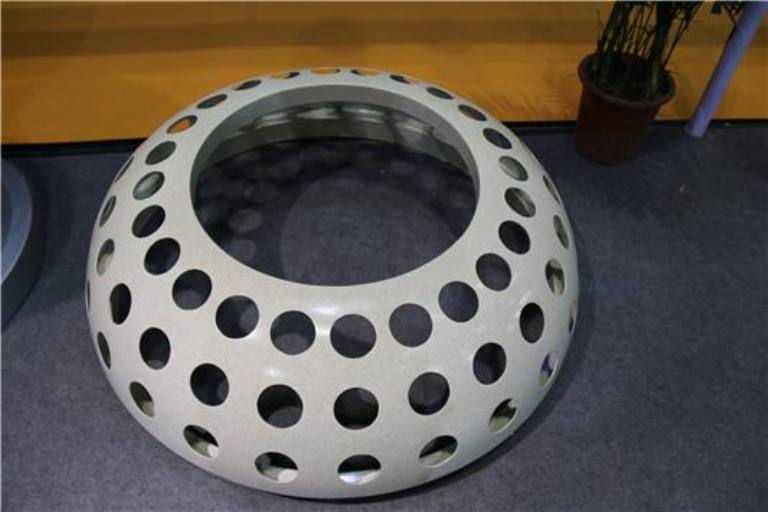
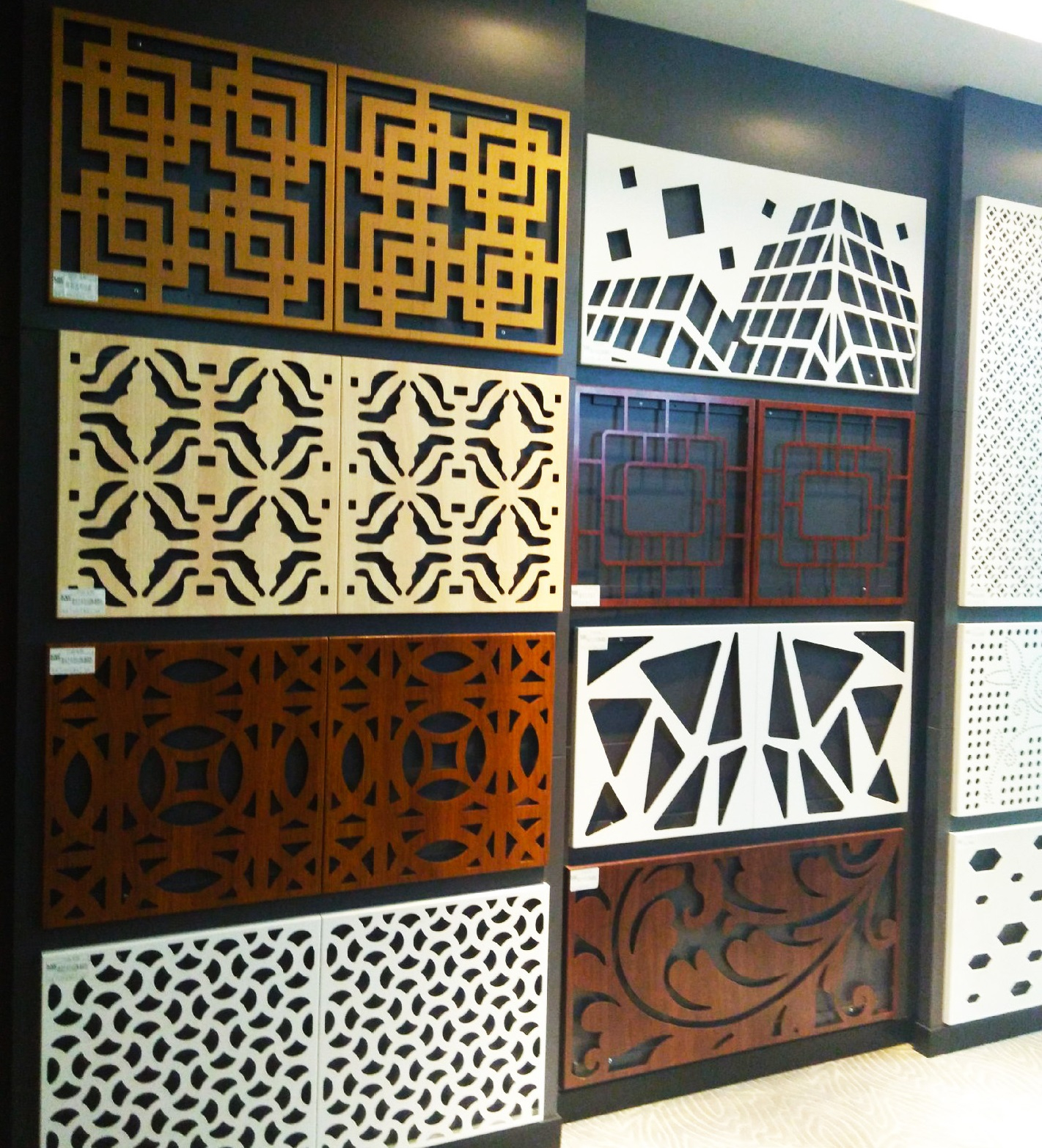
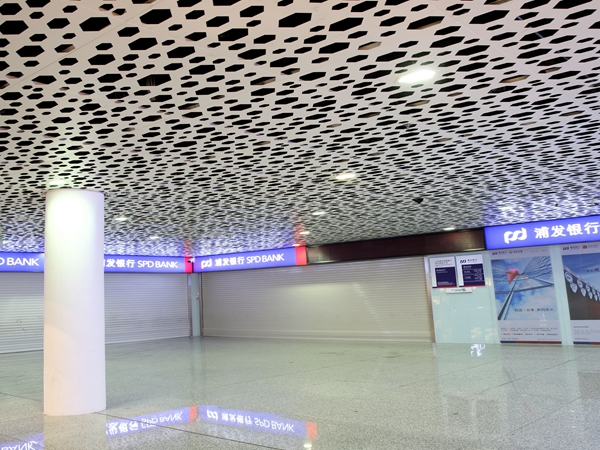
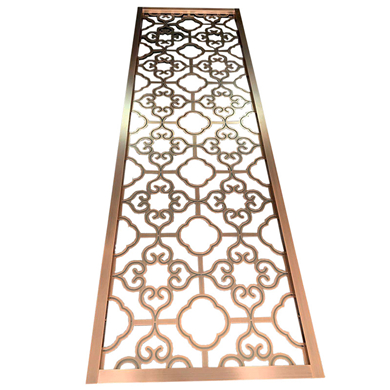
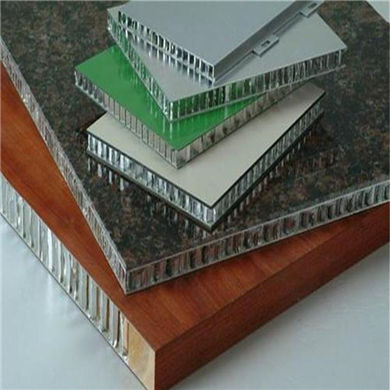
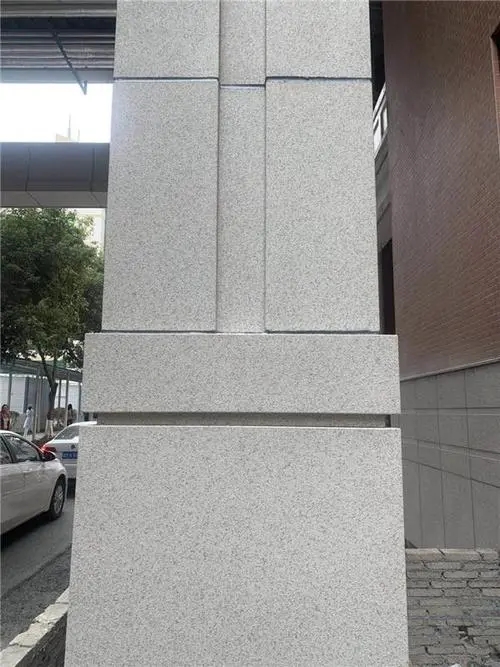
 Customer service QQ
Customer service QQ